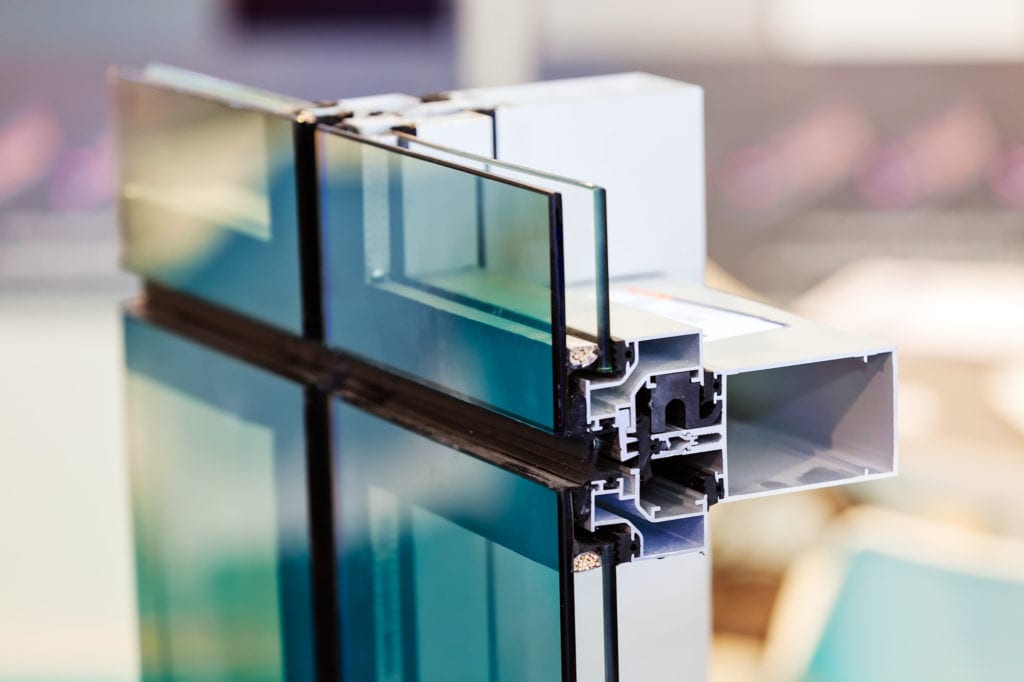All Categories
Featured
Table of Contents
What Is Double Glazing Windows And Doors? in Singleton WA
That window can transfer more solar heat in winter season than in summertime. A west-facing window on a summer's afternoon has an angle of incidence from near 0 as much as 30 with a big efficient area of solar radiation. A north-facing window, in summertime, has a high angle of incidence and a low effective location of solar radiation, so can transfer less heat than a west-facing one.

You can quickly and easily improve the thermal performance of your home by changing your windows. There are thousands of types of glass and frames to pick from.
Guide To Double Glazing – Functional And Energy Efficient in Nollamara WA
Single glazing with clear glass is not extremely efficient when it comes to heat loss or gain. To improve efficiency, you can utilize single glazing with a more energy-efficient type of glass such as low emissivity (low-e) glass.
The energy performance of IGUs also depends on: the homes of each layer of glass. Various glass types (for example, clear and low-e glass) can be put together in an IGU.
Glass Selector - Custom Single & Double Glazed ... in Murdoch Western Australia

IGU cavities can be filled with air or a more inert, low-conductivity gas such as argon the width of the cavity. Wider cavities provide lower (much better) U values, with 12mm typically accepted as the favored space how well the cavity is sealed.
If argon is installed to the cavity in location of air, moisture is dependably left out the level of desiccant (drying representative). The spacer (metal or polymer strip) that separates the glass layers contains a desiccant to soak up any moisture. Inadequate desiccant might cause moisture to condense on the glass surface in cold conditions, decreasing thermal efficiency.
A Complete Guide To Double Glazed Windows in Victoria Park Western Australia
IGUs can provide much better energy efficiency for all environments, particularly in heated and air-conditioned houses. Cross-section information of single, double and triple-glazing systems Low emissivity glass (commonly understood as low-e glass) reduces heat transfer. Low-e glass may be either high or low transmission: High transmission low-e glass has a finishing that permits daytime from the sun to enter your house to attain good solar heat gain, but minimizes the amount of the long wavelength infrared heat that can escape back through the window.
Low-e glass has either a pyrolytic finishing or a vacuum-deposited thin movie metal coating. Pyrolytic finishings are long lasting and can be used for any glazing; vacuum-deposited coverings are soft and are only utilized within IGUs. Low-e coatings can significantly enhance both U value and SHGC; nevertheless, they should be used correctly or they will either deteriorate or stop working to carry out as needed.
Benefits Of Double Glazing Low-e in Inglewood Western Australia
Low-e coatings can be used in mix with clear, toned or reflective glass. Low-e finishes on glazing can decrease heat transfer where needed Photo: Department of Market, Science, Energy and Resources Toned glass has actually colouring additives included throughout manufacture. It is available in different colours, normally bronze, grey, blue and green.
Table of Contents
Latest Posts
A Complete Guide To Double Glazed Windows in Wexcombe Western Australia
Which Type Of Glass Is Best For Energy Efficiency? - A&l Windows in Boya Perth
Insulated Glass Unit – Igu in Joondanna Perth
More
Latest Posts
A Complete Guide To Double Glazed Windows in Wexcombe Western Australia
Which Type Of Glass Is Best For Energy Efficiency? - A&l Windows in Boya Perth
Insulated Glass Unit – Igu in Joondanna Perth